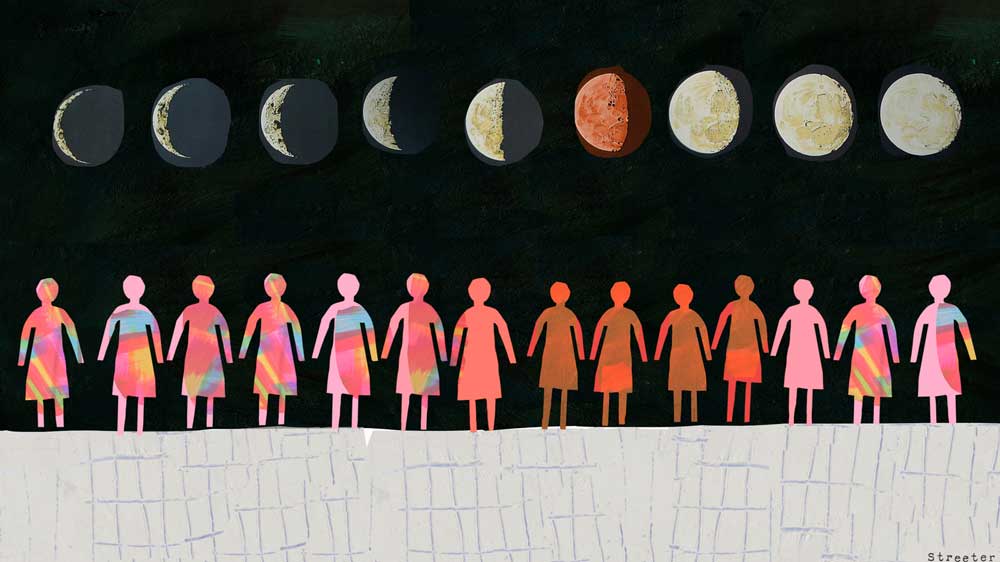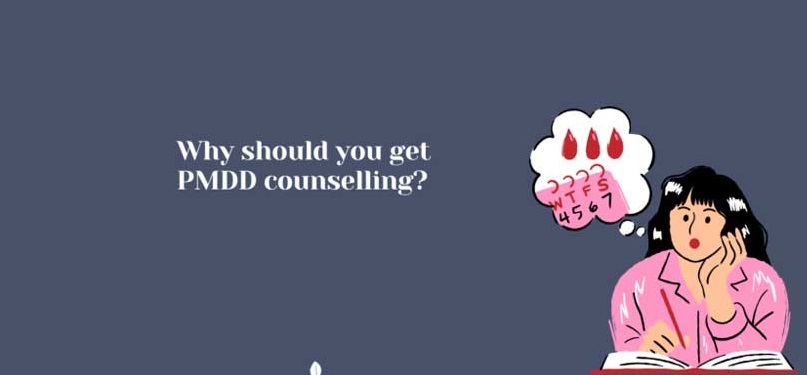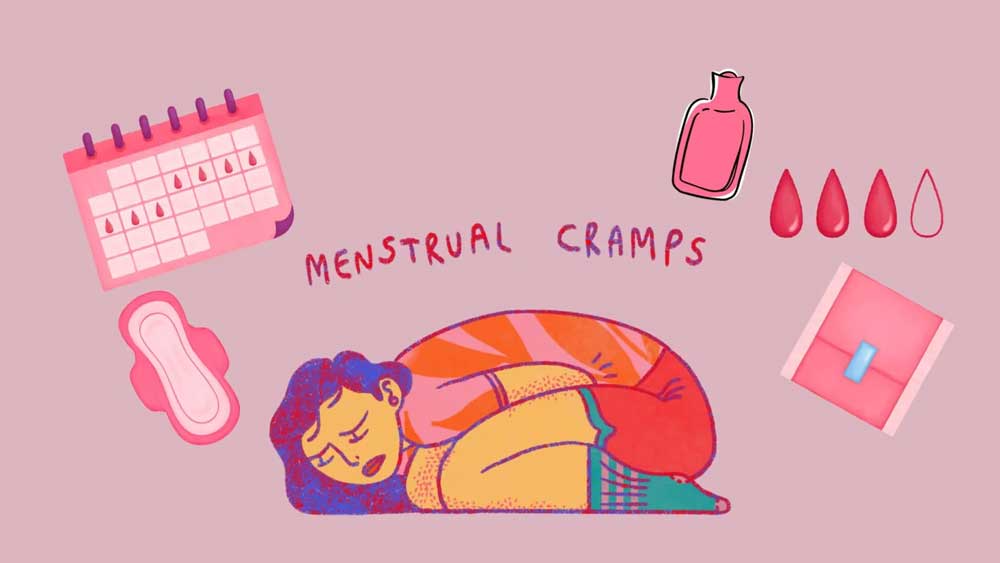More than 70 per cent of women who menstruate experience mild physical symptoms like breast tenderness, bloating, increased hunger and mild emotional symptoms like irritability or crying spells. This is commonly known as PMS (Pre-Menstrual Syndrome). PMS typically doesn’t disrupt people’s lives, and it is not a mental illness neither does it require much intervention.

In contrast, PMDD (Pre-Menstrual Dysphoric Disorder) affects only six per cent of those who menstruate, but is a severe form of PMS which disrupts day to day life interfering with work (or) relationship with others. PMDD can even be life-threatening with heightened risk of accidents and suicide.
The exact etiology of PMS/PMDD is not known. Studies suggest that rising and falling levels of hormones (estrogen and progesterone) during the menses may influence chemicals like serotonin in the brain which affects the mood.
However, it is not clear why some women develop PMS or PMDD and others do not. The most likely explanation is that the women who develop PMDD are highly sensitive to normal changes in hormone levels.
PMDD is biology, not a behavioural choice. Dr V Bhagyalakshmi, MD Obs & Gyn (AIIMS) helps us gain an in-depth understanding about the nature of this condition and how it impacts women, if overlooked.

Symptoms & Risks
PMDD is so serious that it is an official diagnosis in the Diagnostic & Statistical Manual of Mental Disorders (DSM-5). To be diagnosed with PMDD, individuals must have at least five out of 11 symptoms mentioned below (with at least one of the first four listed):
• Mood swings: feeling sad, weepy (or) sensitive to rejection
• Anger: feeling irritable (or) angry (or) experiencing a lot of relationship conflict
• Depression: feeling sad, hopeless (or) self-critical
• Anxiety: feeling anxious, tense (or) on edge
• Decreased interest in usual activities
• Trouble concentrating
• Lethargy or lack of energy
• A change in appetite, overeating (or) particular food craving
• Insomnia (or) sleeping too much.
• Feeling overwhelmed (or) out of control
• Physical symptoms like breast tenderness, bloating (or) pain in muscles and joints

For an official diagnosis of PMDD, these symptoms must ‘turn on’ pre-menstrually and then ‘shut off’ again, typically by the time menstrual bleeding ends. Women experiencing such symptoms need to consult a gynecologist and/or a psychiatrist as soon as possible.
Risk Factors
Proven risk factors are:
• Past traumatic events
• Pre-existing anxiety disorders
• Smoking cigarettes
• Obesity
A speculative risk factor includes genetics.
Mental health disorders like depression, anxiety disorders and bipolar disorders have symptoms similar to PMS/PMDD. Women with depression often feel better during or after their menses, but their symptoms do not resolve completely. On the other hand, women with PMS/PMDD have a complete resolution of symptoms when their menses begin.
Certain other medical disorders worsen during or before menses such as migraine, Chronic Fatigue Syndrome or Irritable Bowel Syndrome. So, it is important to distinguish PMS/PMDD from these disorders. It is also possible for a woman to have PMDD in addition to another medical condition.
The Link Between ADHD & PMDD
People with ADHD (Attention deficit hyperactive disorder) who menstruate have high risk of PMDD. These two conditions can exacerbate one another. The reason behind this could be due to especially low levels of dopamine related to ADHD.

Diagnosis
It is mainly based on symptoms and no single blood test is available to diagnose PMDD. Patients need to track their symptoms daily for at least two consecutive menstrual cycles using PMDD charts such as the DRSP (daily record of severity of problems) chart. A symptom score of 0-3 is given for each symptom based on its severity and diagnosis is mainly based on the score obtained.
When the diagnosis is unclear from this daily record, a trial of GnRH analogues (drug for suppressing ovaries) can be given for a period of three months to establish the diagnosis of PMS/PMDD. Blood tests such as CBC and thyroid profile are conducted to rule out anaemia and thyroid disorders respectively as both of them have symptoms similar to PMS/PMDD.
Dr Bhagyalakshmi shares how women with PMDD can take care of themselves.

Women with PMDD can use a mobile app or calendar to track their cycle and notice when and which symptoms will more likely appear and how long they usually last. They should make plans accordingly and try to avoid stressful events during that period. They should have a healthy and balanced diet, drink plenty of water and must avoid processed food, refined sugars, coffee, smoking and alcohol. They should engage in regular physical activity.
Image source: The Bristol cable, Care clinic, Hopefulminds